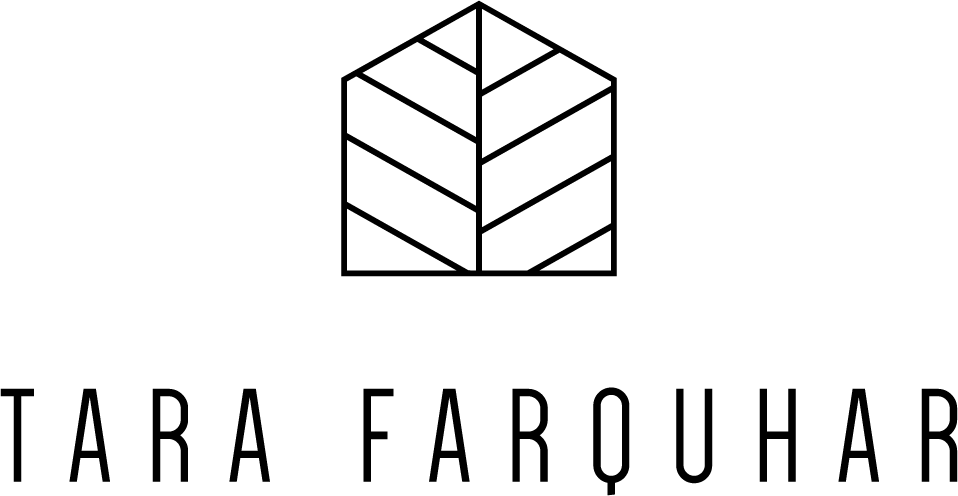By Jenny Mandt, Owner, Garden Coaching Solutions
Well known gardener and Author Elizabeth Lawrence said many years ago, "The hum of bees is the voice of the garden”.
A recent study suggests that the wild honeybee population has dropped from 50 years ago. Pollinators (bee, flies, moths, butterflies, bats and birds) are so crucial for our gardens, especially for fruits and vegetables to grow. Without these pollinators, Garden ecosystems don’t thrive and we get fewer crops. Pollinators move pollen from one part of the plant to another which fertilizes the plant. Only fertilized plants can bear seeds and fruit. You also need seeds and nuts for future new plants.
Not all is lost - there are things you can do to increase the variety and number of pollinators that are coming to your garden. Having a wide variety of plants, especially natives that bloom from early spring to fall really can encourage pollinators to come to your garden. Shrubs like flowering Red Currant, Serviceberry, Indian Plum or Tall Oregon Grape provide large amounts of nectar or pollen the hungry foraging bees need in the spring. Douglas Asters, Yarrow, Geum, Gentian, Crane’s Bill Geranium are all native, summer blooming plants and loved by butterflies and bees alike.
Planting the same type of plant in different areas of your garden can be a good way to encourage a larger feeding and pollinating area. Shrubs like the Strawberry Bush, Cotoneaster, Blueberries, Mountain Laurel, California lilac, Japanese Snowbell are great attractors as well. Trees like Crabapple, Korean Mountain Ash and Arolla Pine also attract pollinators. Don’t forget to include flowering host and nectar plants that caterpillars (which become butterflies and moths who pollinate) can munch on. They love annuals like Bachelor buttons, cosmos, dahlias, dianthus, petunias, alyssum, and verbena especially for their nectar. Perennials like beebalm, coneflower, asters, common milkweed and Shasta daisies can be hosts to caterpillars and give them a source to munch on as they grow.
Butterflies and bees love an area with a drip hose near a bird bath when you mix in some ashes or sea salt for a salt lick in the mud. Or you can put out a natural sponge that has sea salt water in it and see what kind of butterflies you can attract with that. They also like rotting fruit as well.
Save that tree limb! These can be great locations for native bees to make their nests. Or you can make your own bee condo by drilling holes in left over lumber and put on a post or under an eve of your house. Mason bees love to lay eggs in holes that are between 3 and 5 inches deep. I have seen some amazing designs of these mason bee houses on the internet – the skies the limit on your imagination.
We can all do a little bit to bring more pollinators back into our gardens. Even if you don’t have fruiting trees or vegetables growing, you can do your part to help revive the populations of bees, butterflies, birds, bats and other pollinators in our area. They play a vital role in our very survival and we are all connected!
If you would like help coming up with more flowering plants to put in your garden to draw more pollinators or to create a pollinator attracting garden and you don’t know how, give me a call or send me an email! I would love to help you – jenny@gardencoachingsolutions.com or (206) 915-0585.
This article is in memory of my son Ian – he created my beautiful logo with a Shasta daisy on it!


